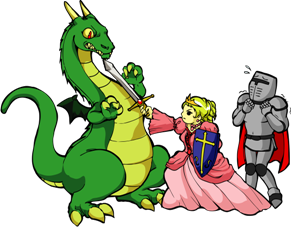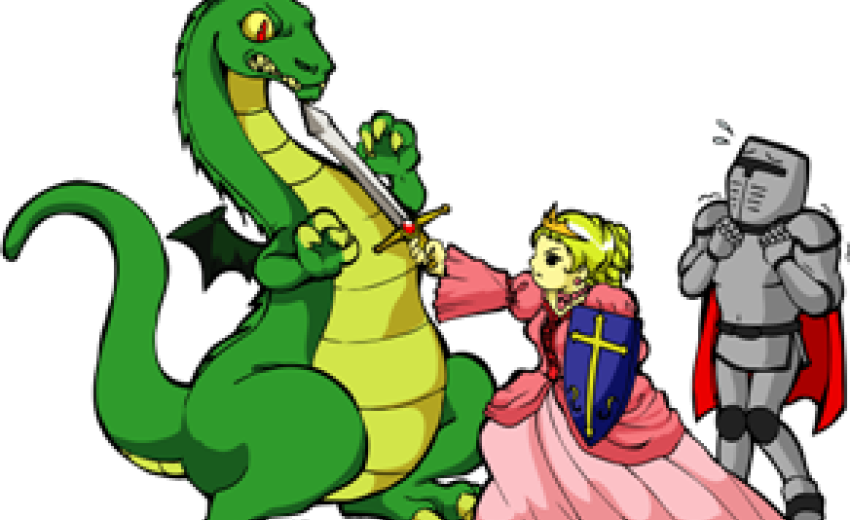
One night when I was telling Kavya, my 3-year-old daughter, a bedtime story, I accidentally told her that her middle name, “Kaur,” means princess. Just like every Sikh girl, many of whom keep it as a last name. There is a long tradition of strong women in Sikh history, like Mai Bhago, who led men into battle, and it is one of the few religions which—at least on paper—grants equal power, politically and socially to both men and women.
Her immediate response was one I should have expected: “Then where is my tiara?”
I tried explaining that the title was a metaphor for being strong and proud on the inside, but finally she called bullshit and said, “Well, then I’m a pretend princess.” Afterward, she insisted on being called Kavya Kaur Princess. In an instant, my months of strategic lying—“Sofia the First doesn’t come on our TV.” “Nope, Cinderella doesn’t either,” and “Rapunzel who?”—had unraveled at alarming speed.
Many parents go out of their way to protect their children from the external forces of gender enforcement through TV shows, movies, books, toys and dolls. I go out of my way to protect myself. I had this fear that if I allowed princess culture to enter our house, I would end up drinking imaginary tea out of pink plastic teacups like a psychopath.
The next day, we’re sitting on the sofa, and there I was, drinking imaginary tea out of a pink teacup, watching Sofia the First. A few days later, she had a tiara, a magic wand, sparkly shoes that light up, and frilly pink tutus. That’s when I had to come to terms with the fact I had lost my daughter, and was now raising one of those girls. The ones who would ridicule other girls for not being pretty enough, who watch reality TV and make statements like, “I’m not political.”
 Fortunately, this defeat didn’t last very long, because Kavya’s love for dragon slaying and violence hadn’t been replaced. As we lay in bed that night, she insisted on a story about a princess. “Once upon a time there was a princess,” I began. “Named Kavya,” she added. I put her in a castle. Then she added a dragon. An evil dragon with “stinky fire breath,” whom she had to slay with her sword because of his refusal to brush his teeth. “And then he was died,” she abruptly ended this narratively complex story. Some nights, she opts for a gentler ending, one where the dragon is nice, and a prince is there as a calming force. And she thankfully still enjoys shows like Disney’s Doc McStuffins about a pint-size African-American doctor who “fixes” unwell toys.
Fortunately, this defeat didn’t last very long, because Kavya’s love for dragon slaying and violence hadn’t been replaced. As we lay in bed that night, she insisted on a story about a princess. “Once upon a time there was a princess,” I began. “Named Kavya,” she added. I put her in a castle. Then she added a dragon. An evil dragon with “stinky fire breath,” whom she had to slay with her sword because of his refusal to brush his teeth. “And then he was died,” she abruptly ended this narratively complex story. Some nights, she opts for a gentler ending, one where the dragon is nice, and a prince is there as a calming force. And she thankfully still enjoys shows like Disney’s Doc McStuffins about a pint-size African-American doctor who “fixes” unwell toys.
Luckily, the characters she’s drawn to are much like herself: feisty, and independent.
Before princesses with tiaras and palaces, my arch nemesis was Dora the Explorer, an unlikely adversary. I watched three episodes. Yes, on my own. Dora is a strong-willed, independent, female protagonist, who is brown and proud of her culture and language. There’s even a talking backpack and a monkey named Boots. Kavya is all about monkeys and backpacks and, if truth be told, so is her papa. My issues with the show? She is really loud and she’s everywhere. That’s it. Banning Dora, however, didn’t make Kavya any less loud, or stop her from entering our house through diapers, teething rings and toothpaste. Much like allowing princesses into our home hasn’t made Kavya any less feisty or less of an independent thinker.
When other parents hear that I’ve banned Dora from our house, but am fine with Sofia the First, a show about a trailblazing princess who’s a little rough around the edges, they look at me like I’ve just told them I make my own soap. “Sofia doesn’t scream at the top of her lungs,” is all I have to say as a rebuttal. But really, the reason I have no problem with it is that I like the show, even though the brown characters who occasionally come on are there primarily to fly on magic carpets and punctuate their foreignness with strange customs in an exotic locale.
It’s no Game of Thrones or Breaking Bad, but some of the episodes have great narratives with palpable tension, plot progression, character development, the works. I find myself at the edge of my seat, wanting to know how the drama between Sofia, her princess friends and the girls from her old neighborhood will be resolved during the course of their half-hour sleepover.
I have no clue how Kavya first became aware of princesses, why her favorite colors are pink and purple, or why she loves having pretend tea parties. But that’s my daughter, and I’m not about to tell her she can’t be a princess, especially when her middle name means warrior princess. While she rarely forgets she’s a princess, she has developed an affinity for strong female characters in the shows she watches and books she finds on our weekly bookstore/library outings, which she chooses herself, as much as I’d like to think I’m in charge. Luckily, the characters she’s drawn to are much like herself: feisty, and independent.
It’s morning. I wake to her violently kneading me, like I’m pizza dough she’s softening. “Wake up, Prince! Wake up, Prince.” Groggy-eyed, I look over at her. “Hello, Prince,” she says. “What do you want?” I say. “I’m a princess.” She looks at me. “What do you want, princess?” I say. “Shall we waltz?” she asks. So we dance in bed. But the position of Prince does not allow me to sleep in, or lounge about. “Make my lunch, Prince,” she says. Apparently, even princes have to make lunch for princesses. And perhaps that’s how it should be.
Who knew raising girls was so complicated.
